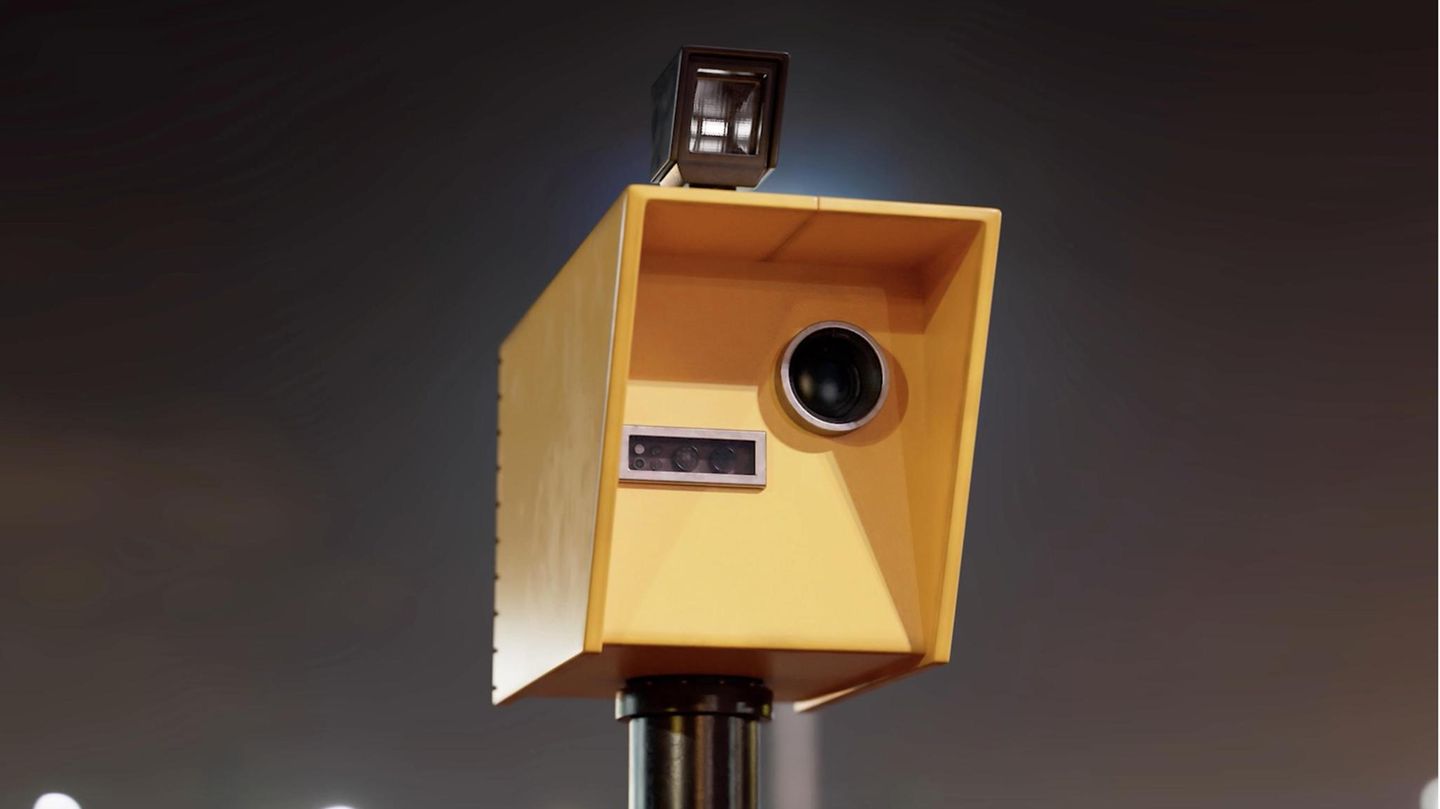I’m a recent graduate of the University of Missouri with a degree in journalism. I started working as a news reporter for 24 Hours World about two years ago, and I’ve been writing articles ever since. My main focus is automotive news, but I’ve also written about politics, lifestyle, and entertainment.
Menu
These types of speed cameras exist in Germany – and this is their tolerance
Categories
Most Read
Quiz for drivers to refresh themselves: Who has the right of way here?
October 17, 2025
No Comments
Speed limit: When does the sign with the snowflake apply?
October 17, 2025
No Comments
Average speeding: another outstanding debt to reduce road accident rates
October 16, 2025
No Comments
The Government launched the new RUNA system, a digital platform to register 0 km cars
October 16, 2025
No Comments
Vacation 2025: how to calculate car fuel consumption before traveling on the route
October 16, 2025
No Comments
Latest Posts

Prince Andrew: celebration for Sarah Ferguson canceled
October 19, 2025
No Comments
Lisa HarrisI am an author and journalist who has worked in the entertainment industry for over a decade. I currently work as a news editor

“No Kings” demos against Donald Trump: The protest was so colorful
October 19, 2025
No Comments
IvanI have been working in the news industry for over 6 years, first as a reporter and now as an editor. I have covered politics

Bayern against Dortmund: BVB coach Kovac complains about the referee
October 19, 2025
No Comments
Bayern against Dortmund “Everything was ripped apart”: BVB coach Kovac complains about the referee After the defeat in the top game between Bayern and Dortmund,
24 Hours Worlds is a comprehensive source of instant world current affairs, offering up-to-the-minute coverage of breaking news and events from around the globe. With a team of experienced journalists and experts on hand 24/7.

